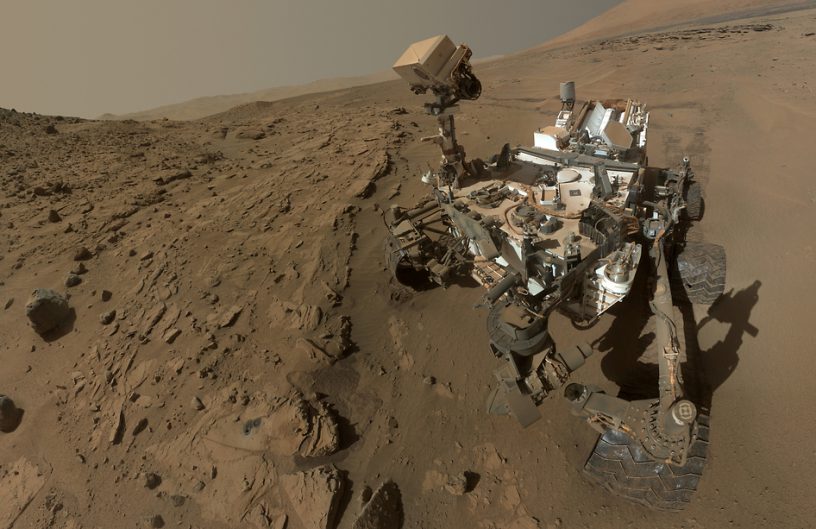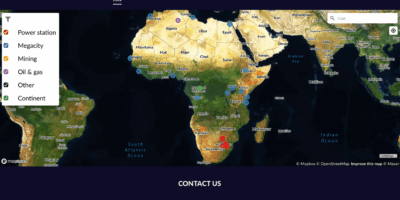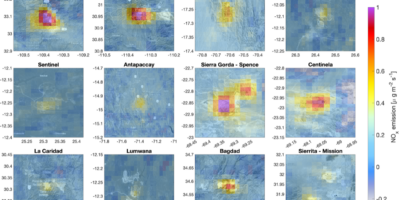Gentle winds blow during the descent of most Mars landers
High resolution images of jettisoned lander hardware acquired by Mars Reconnaissance Orbiter and Mars Global Surveyor at various landing sites on Mars have been analysed to measure winds in the Martian atmosphere.
A computer model was used to reconstruct the trajectory of the lander, parachutes and heat shields to determine the wind speed and direction below an altitude of about 10 km. Mars wind measurements in this region of the atmosphere are currently lacking and so these additional measurements will be useful for Mars atmosphere modellers and investigators. “Below an altitude of 10 km we found the wind speed to be blowing at a speed of no more than 8 m/s for nearly all cases. This wind speed would be equivalent in terms of strength to a ‘calm’ or ‘light air’ on the Beaufort scale on Earth”, says researcher Mark Paton.
Winds measurements were obtained from nearly all the successful missions including the Viking landers, landing in the 1976, right up to Curiosity that landed in 2012.In addition the landing sites of two unsuccessful landers, Beagle 2 and Schiaparelli, were analysed. For these two cases images of their landed parachutes and heat shields could be used to measure the wind speed and direction they experienced during their respective descents. Low wind speeds were measured in both cases suggesting the atmosphere was relatively calm. Out of the eight cases studied we encountered one outlier in terms of wind speed. This was for the Phoenix lander which in 2008 landed close to the Martian northern cap. Our results suggest a strong tail wind of around 20 m/s was blowing during its descent on the parachute with a gust blowing closer to the surface.
More information:
Researcher Mark Paton, mark.paton@fmi.fi
Paton, M. D., Harri, A.-M. and Savijärvi, H., Measurement of Martian boundary layer winds by the displacement of jettisoned lander hardware, Icarus, 309, 345-362 (2018)
https://www.sciencedirect.com/science/article/pii/S0019103517304700








Leave a Reply
You must be logged in to post a comment.